Ruoanvalmistus
Aamiainen
Inspiraatio
Ruoanvalmistus
Aamiainen
Inspiraatio

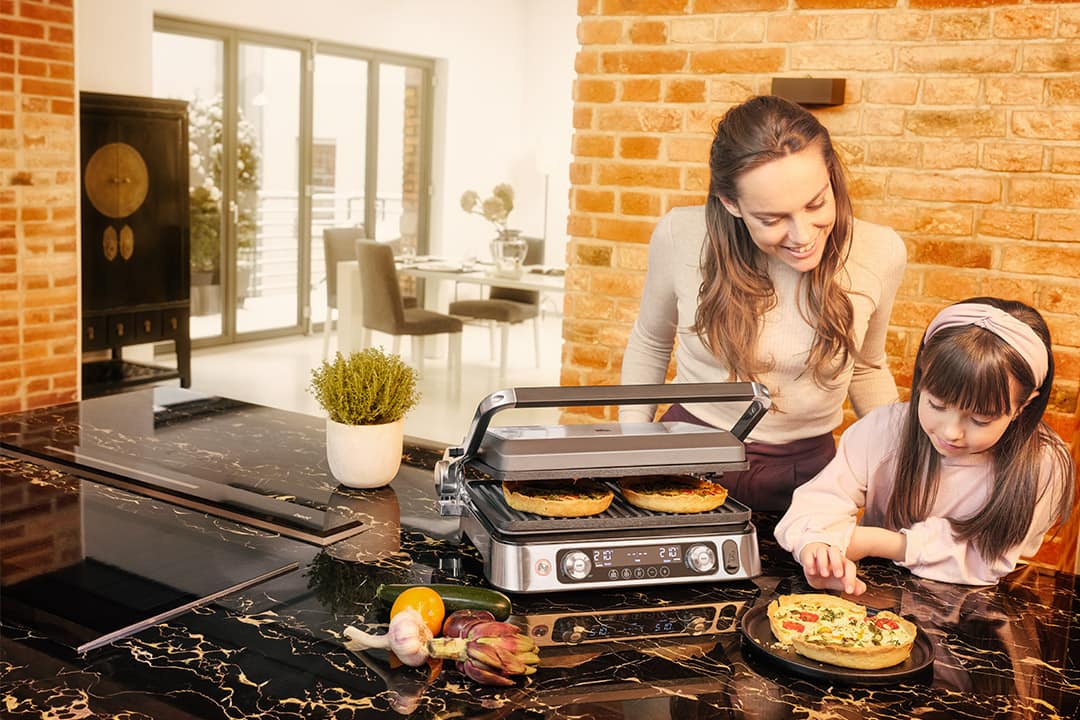
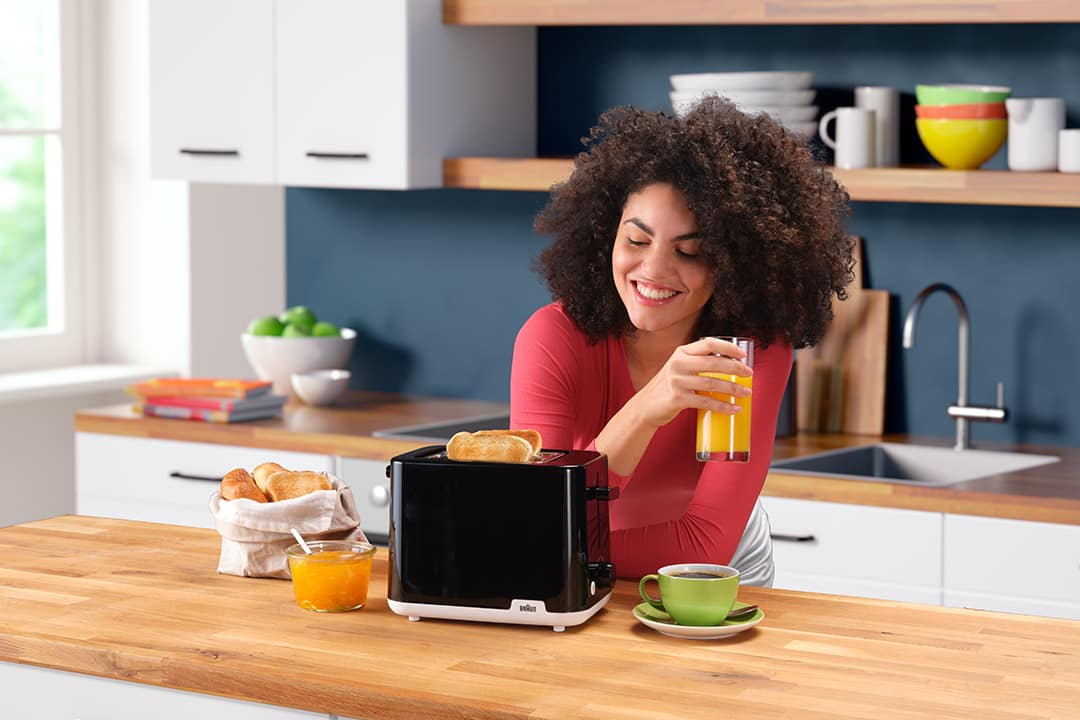








Country preference? Choose the preferred country to view local content and get a better experience.
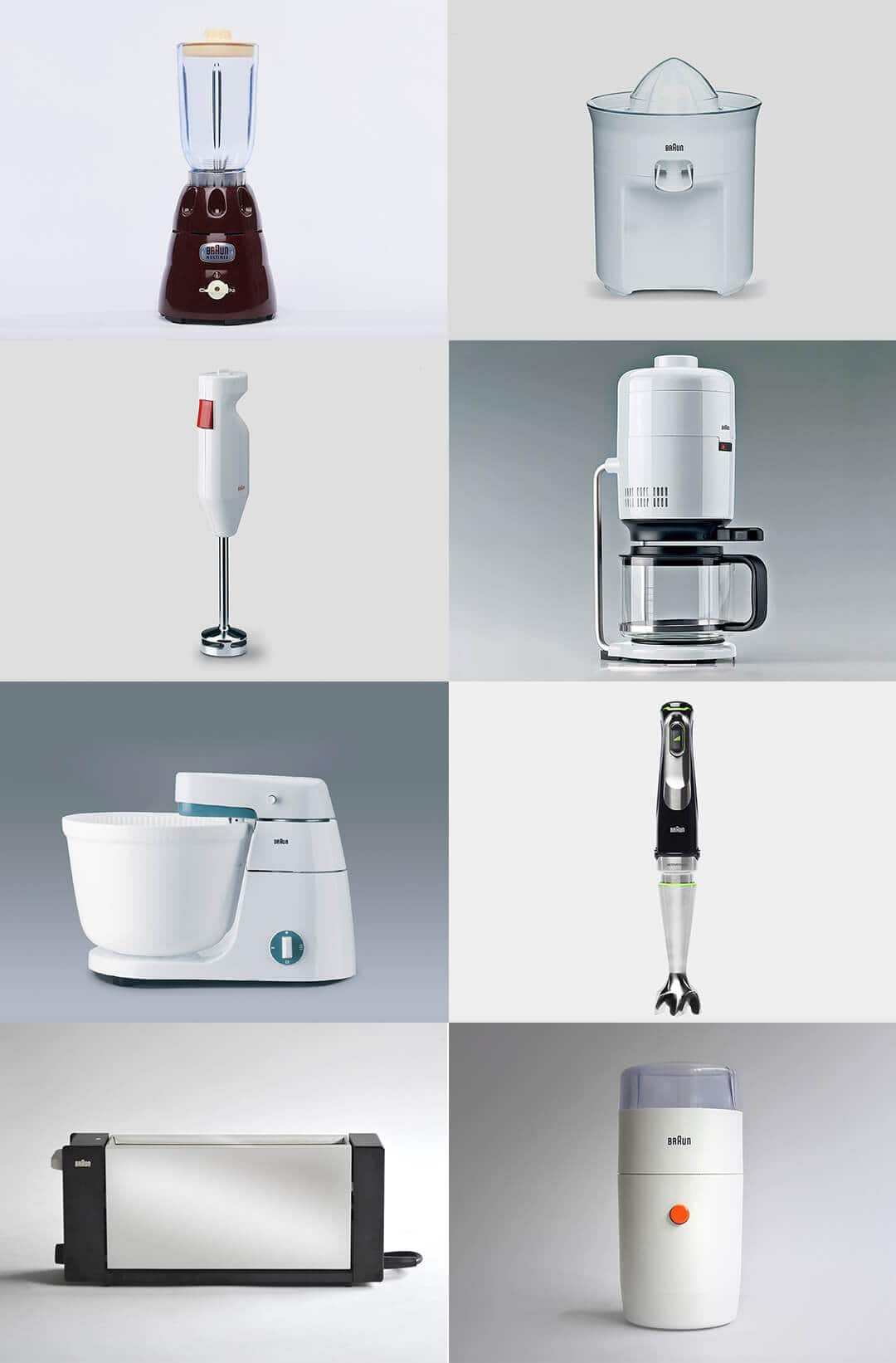
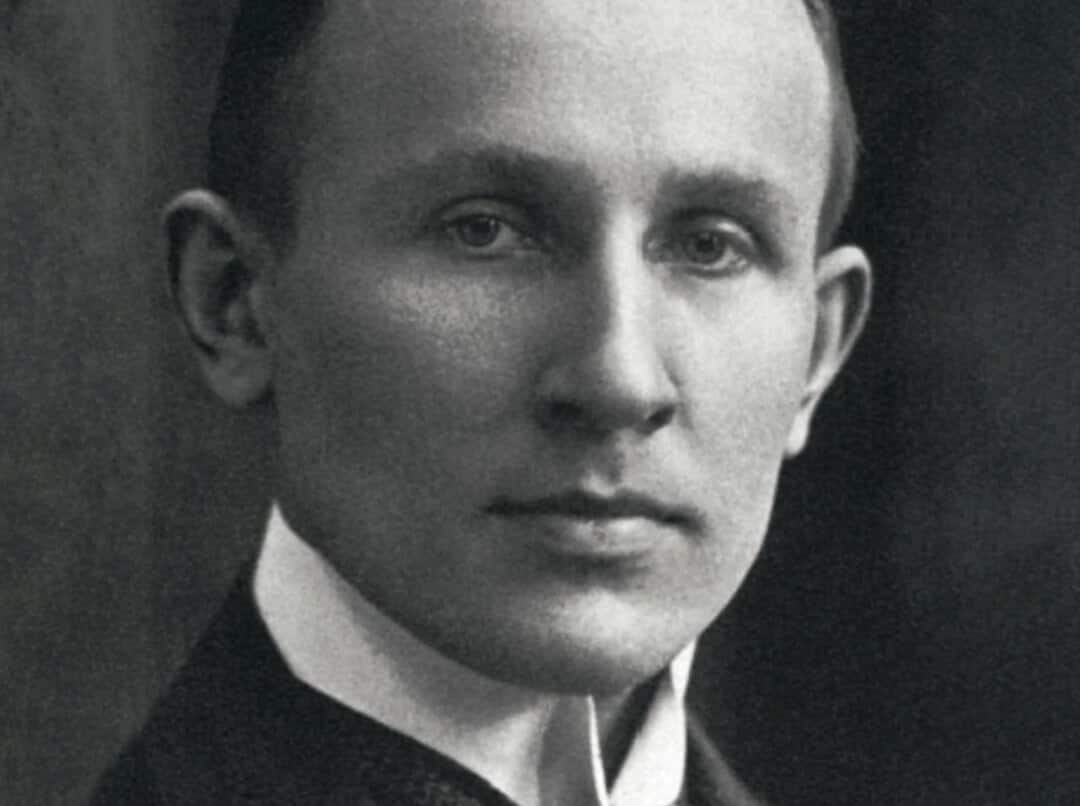
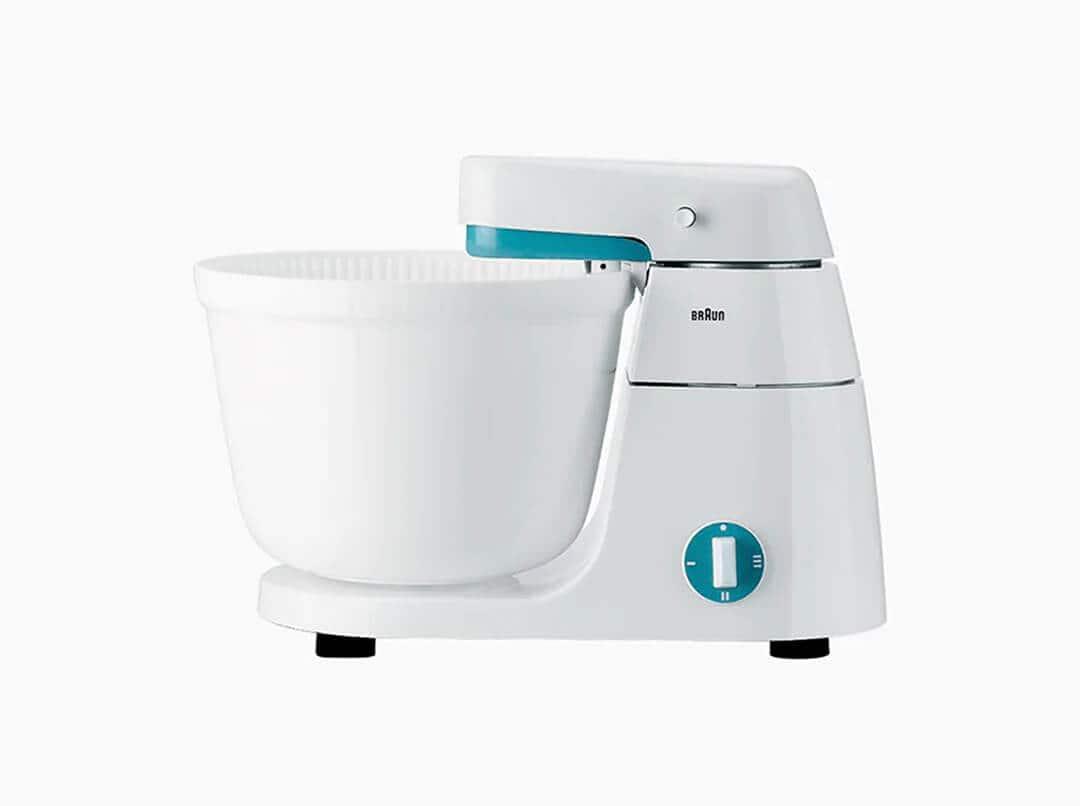
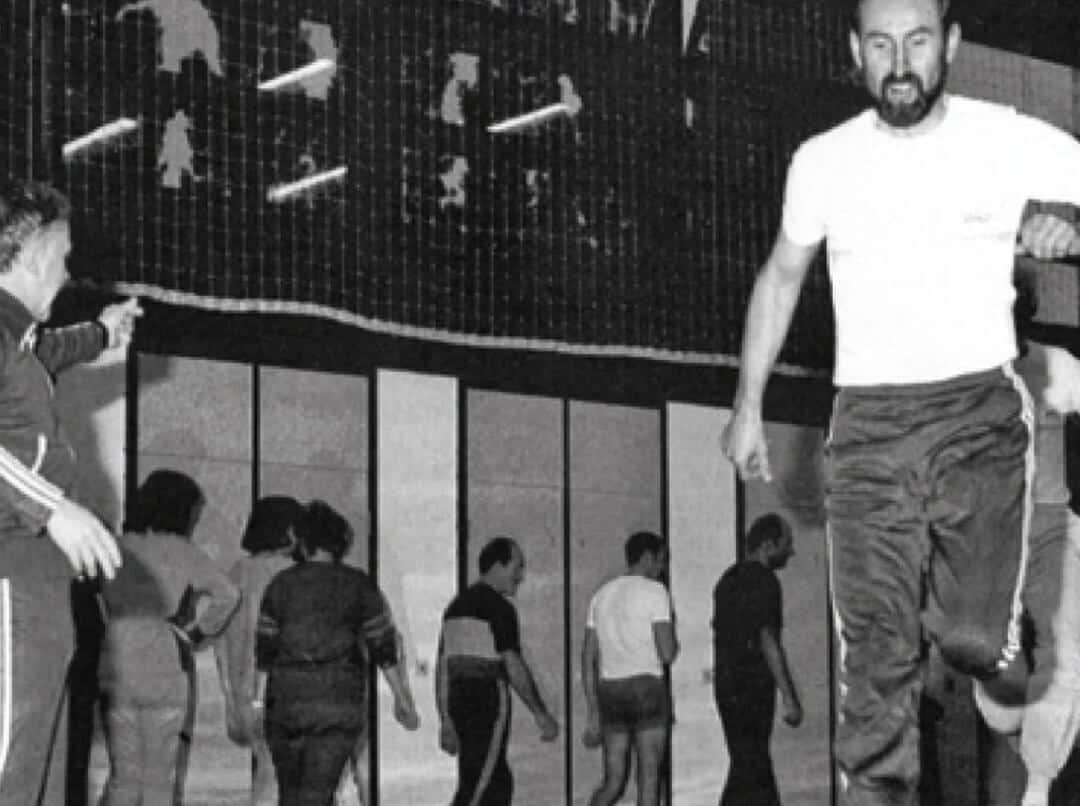
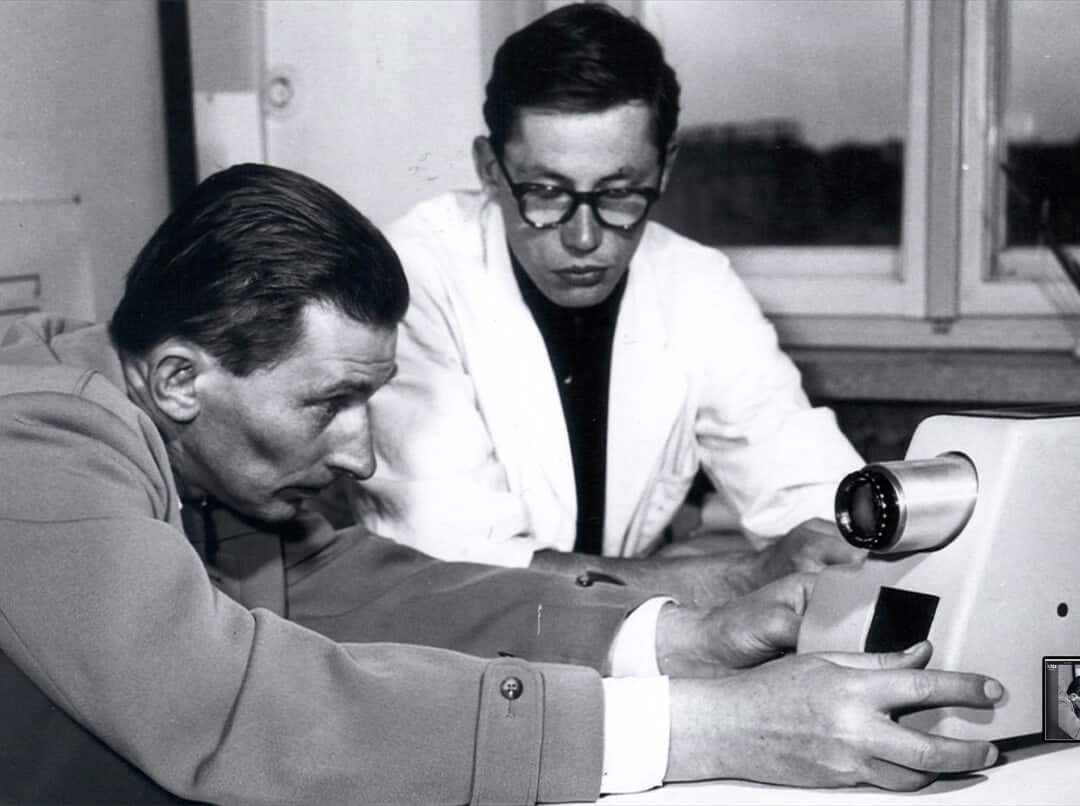
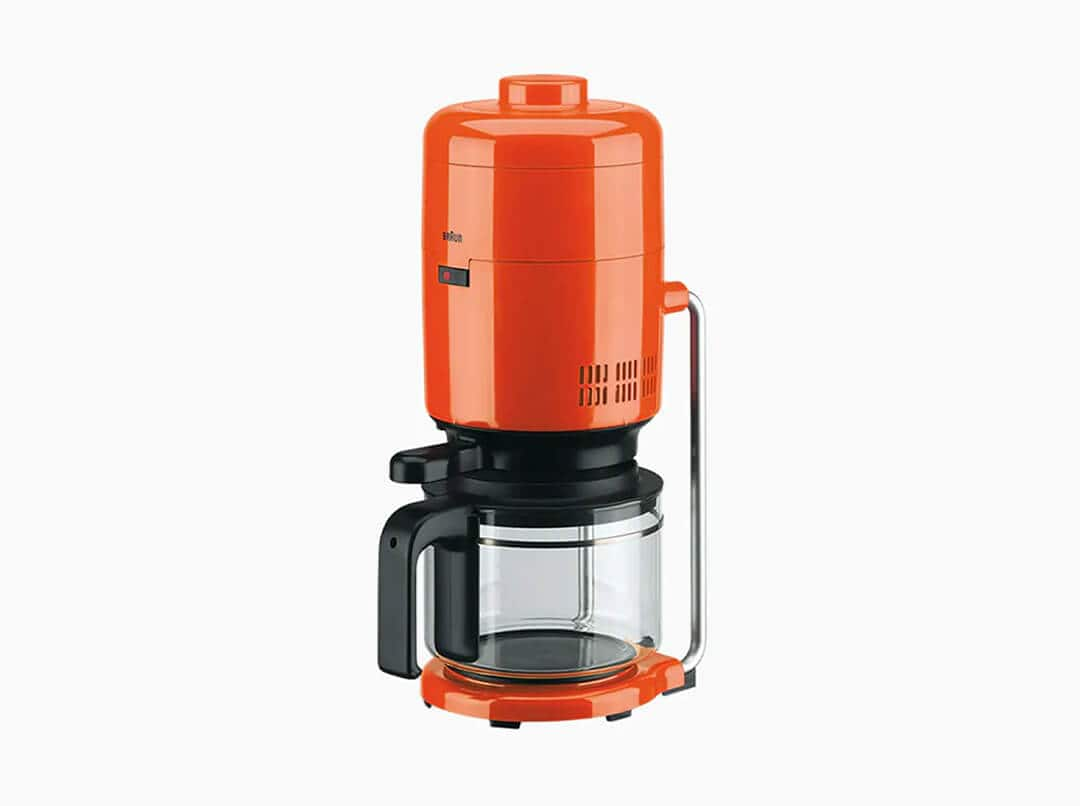
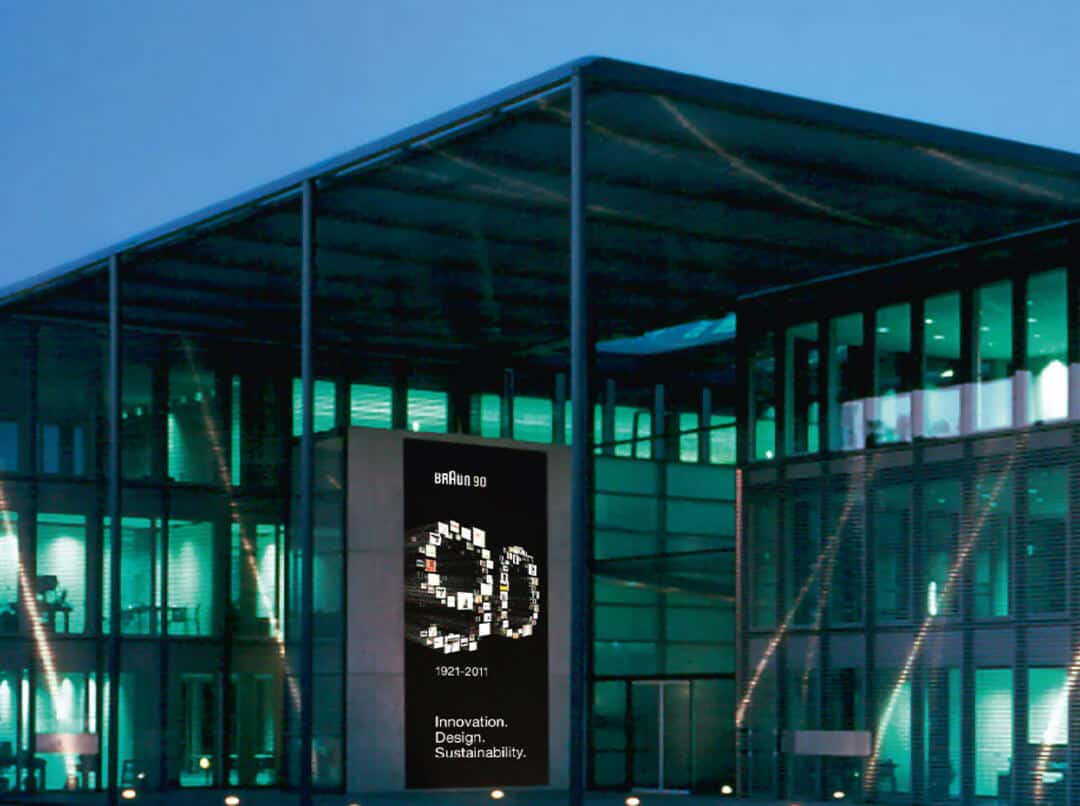
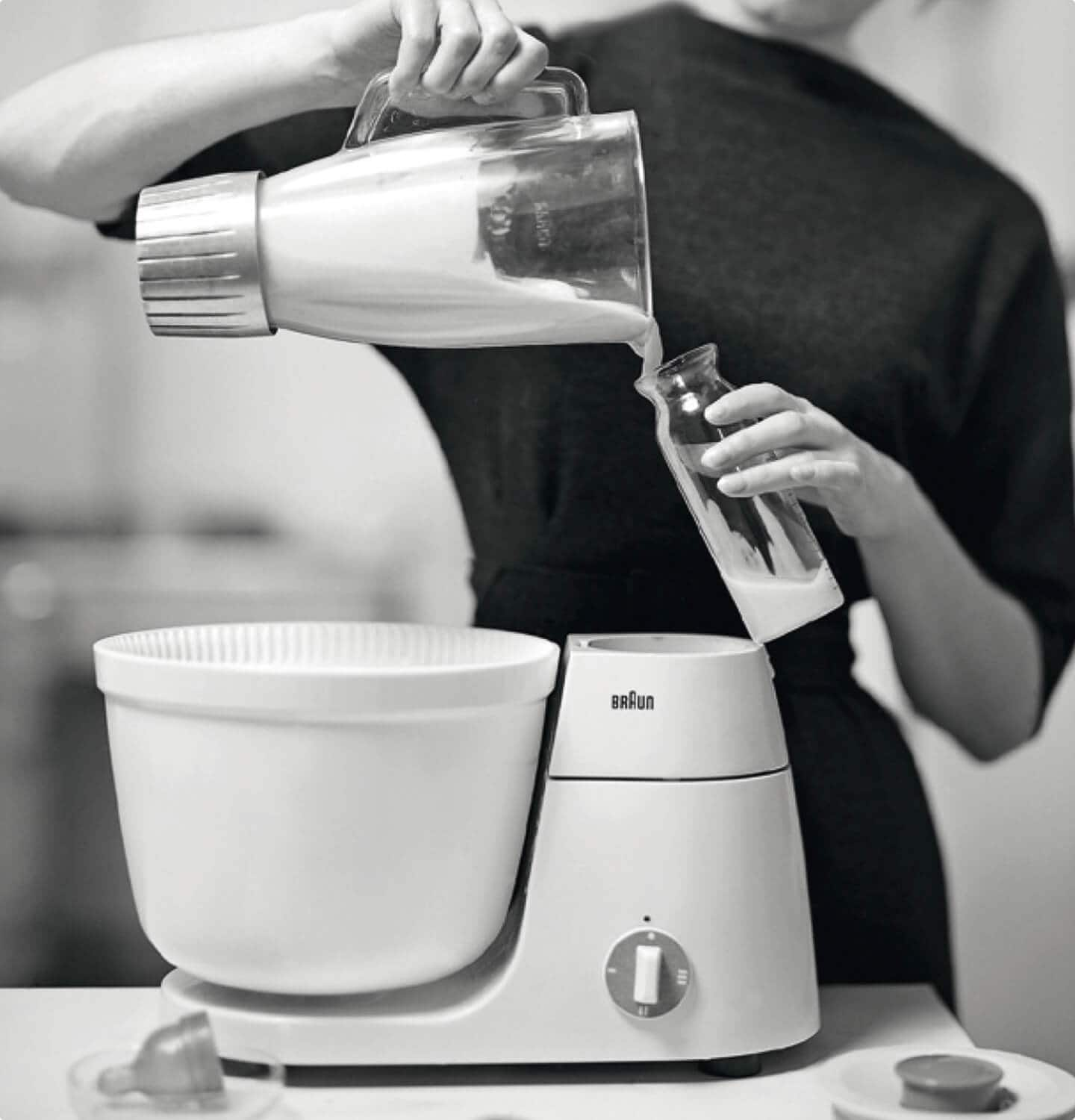
Hired as an architect for redesigning Braun’s office Dieter Rams became one of the leading designers, who developed Braun’s memorable design language and defined the 10 principles of good design, a design manual that is still relevant today.
1 Good design is innovative.
The possibilities for innovation are not, by any means, exhausted. Technological development is always offering new opportunities for innovative design.
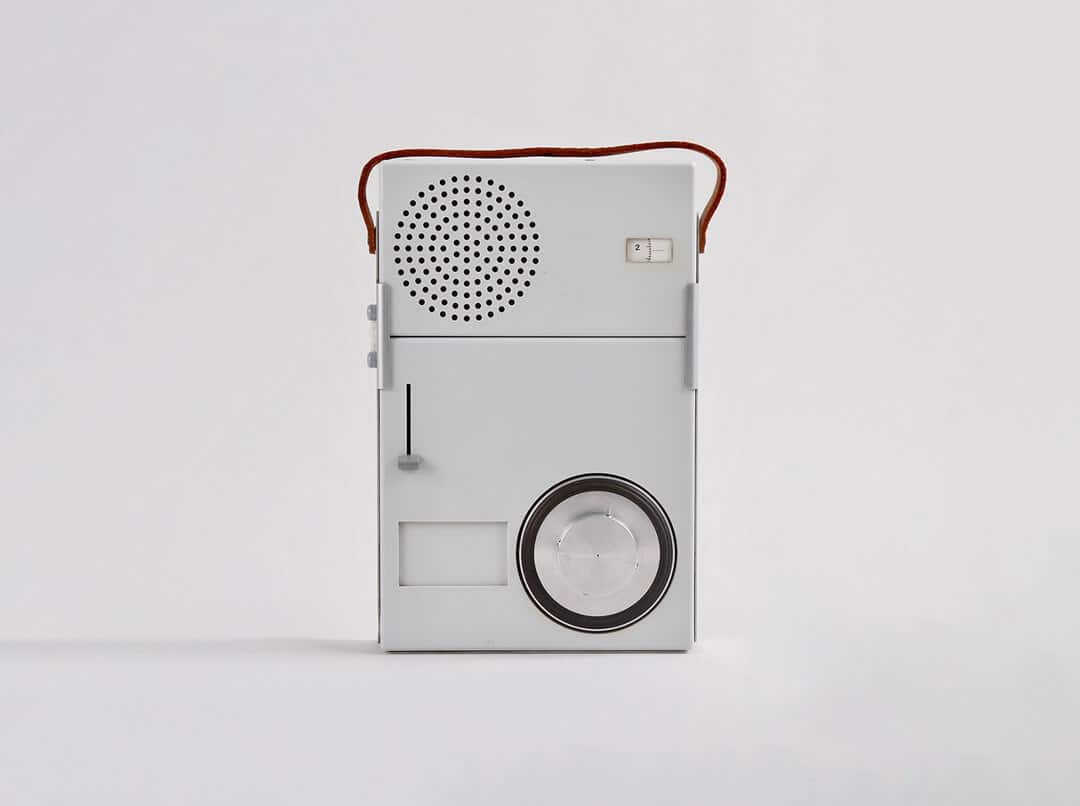
2 Good design makes a product useful.
A product is bought to be used. It has to satisfy certain criteria, not only functional, but also psychological and aesthetic. Good design emphasises the usefulness of a product whilst disregarding anything that could possibly detract from it.
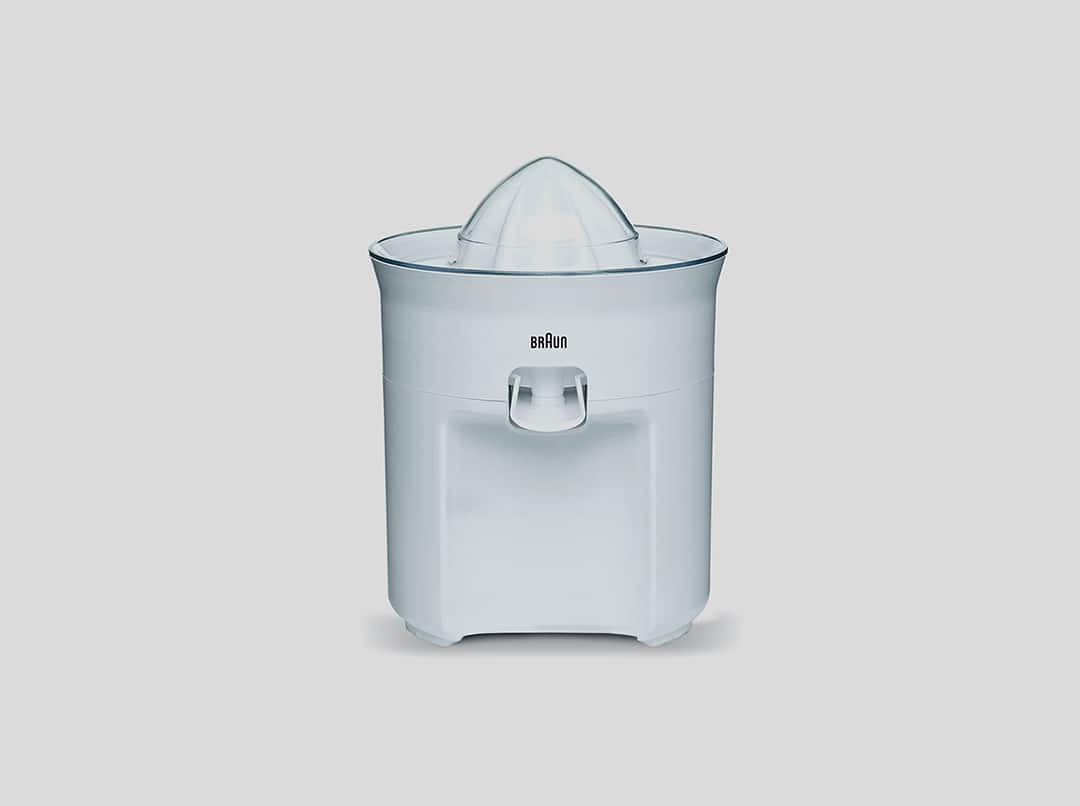
3 Good design is aesthetic.
The aesthetic quality of a product is integral to its usefulness because products we use every day affect our person and our well-being. But only well-executed objects can be beautiful.
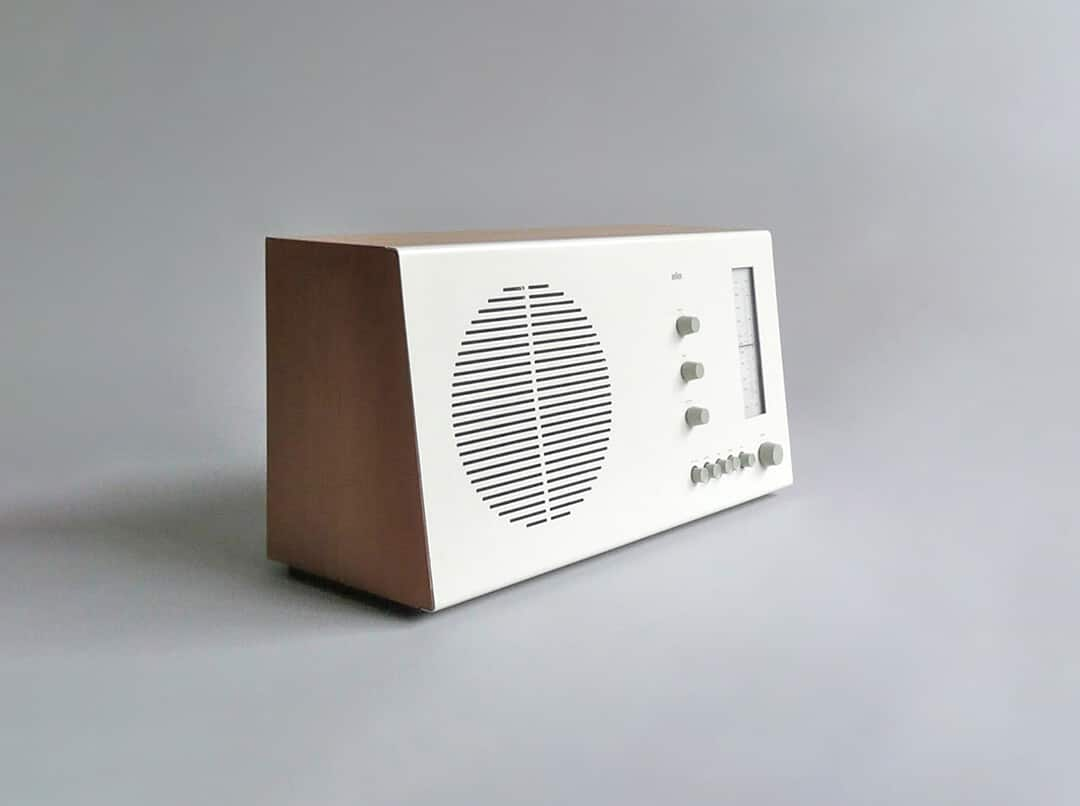
4 Good design makes a product understandable.
It clarifies the product’s structure. Better still, it can make the product talk. At best, it is self-explanatory.
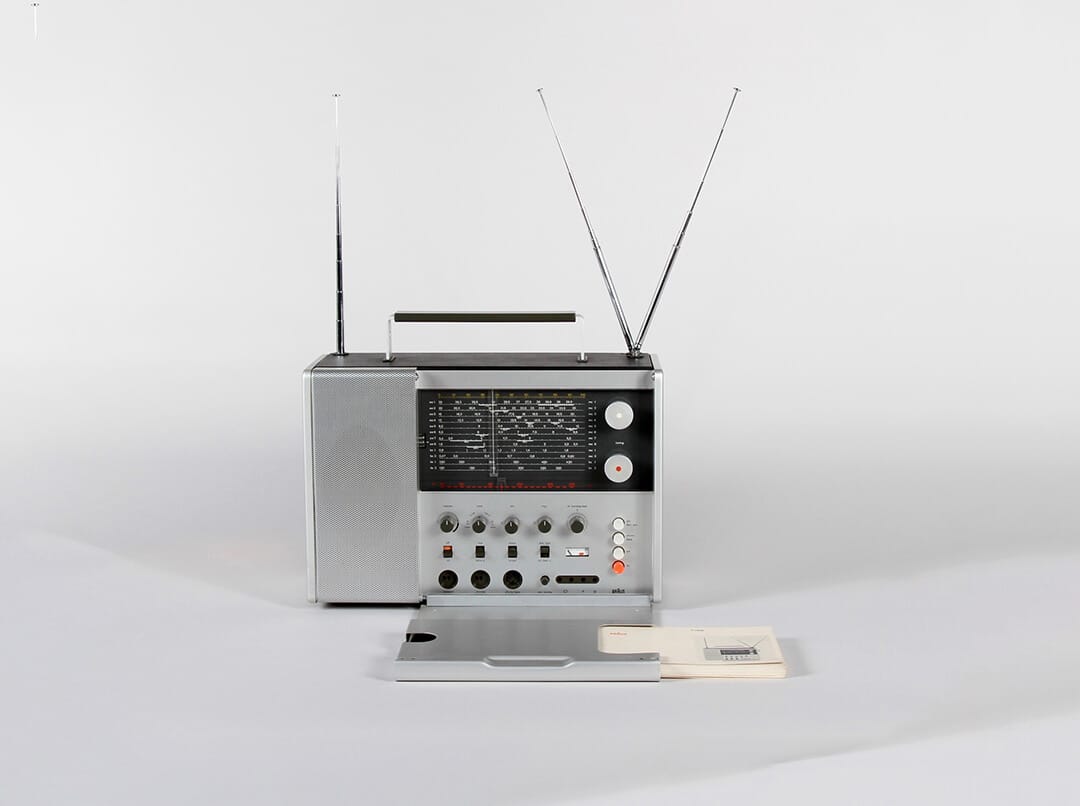
5 Good design is unobtrusive.
Products fulfilling a purpose are like tools. They are neither decorative objects nor works of art. Their design should therefore be both neutral and restrained, to leave room for the user’s self-expression.

6 Good design is honest.
It does not make a product more innovative, powerful or valuable than it really is. It does not attempt to manipulate the consumer with promises that cannot be kept.
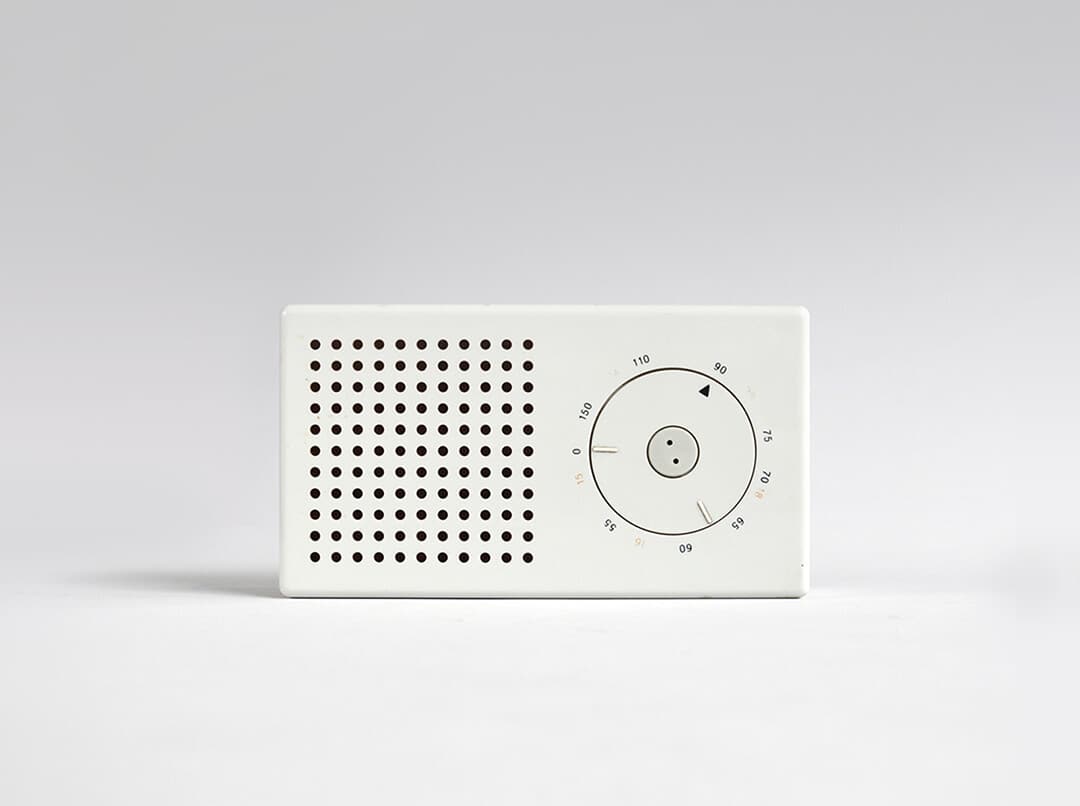
7 Good design is long-lasting.
It avoids being fashionable and therefore never appears antiquated. Unlike fashionable design, it lasts many years - even in today’s throwaway society.
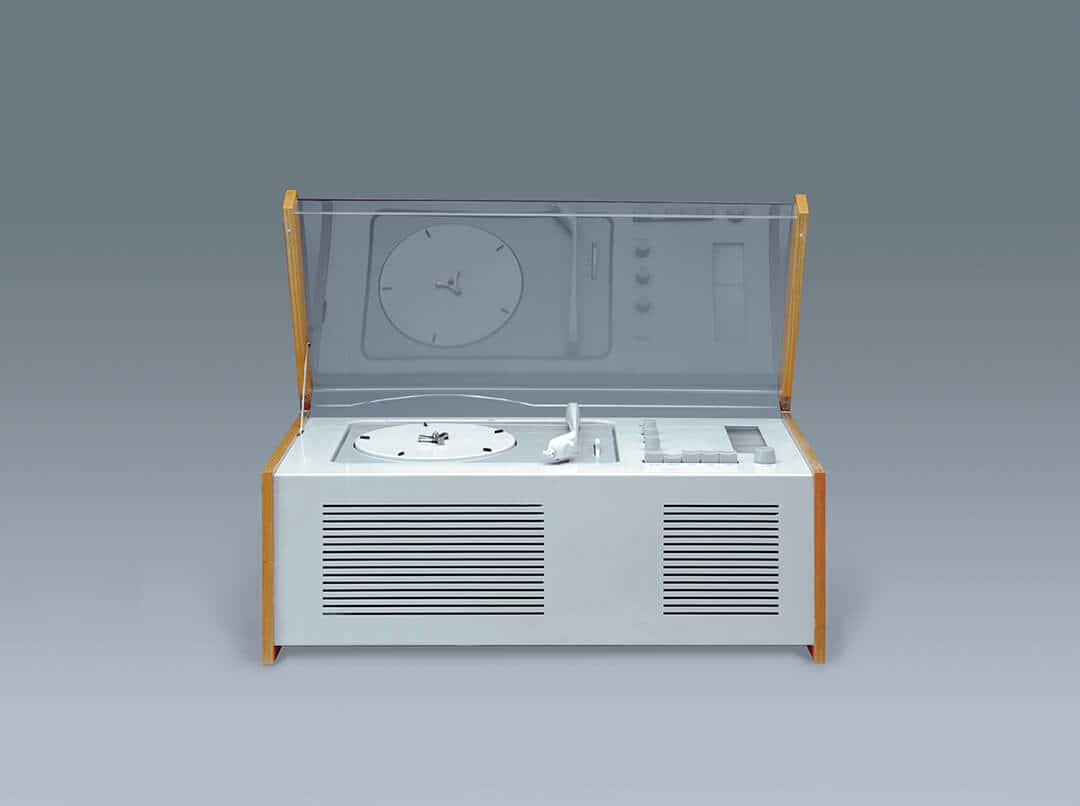
8 Good design is thorough to the last detail.
Nothing must be arbitrary or left to chance. Care and accuracy in the design process show respect towards the consumer.
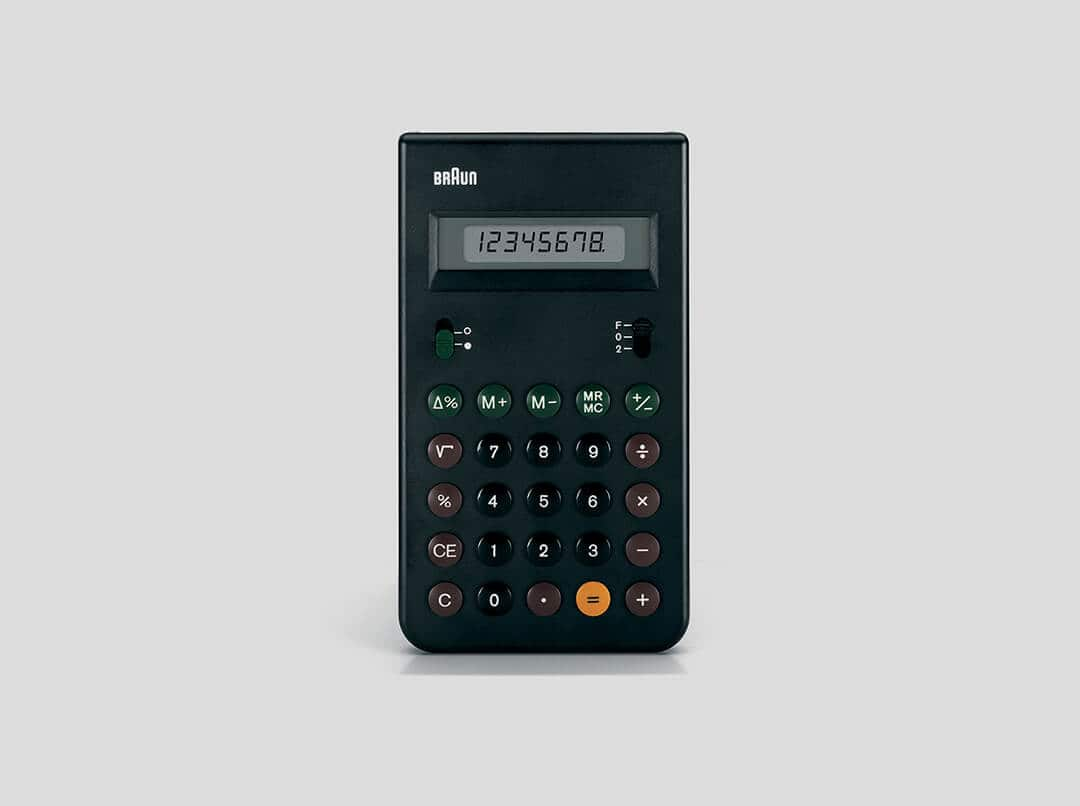
9 Good design is environmentally friendly.
Design makes an important contribution to the preservation of the environment. It conserves resources and minimises physical and visual pollution throughout the lifecycle of the product.
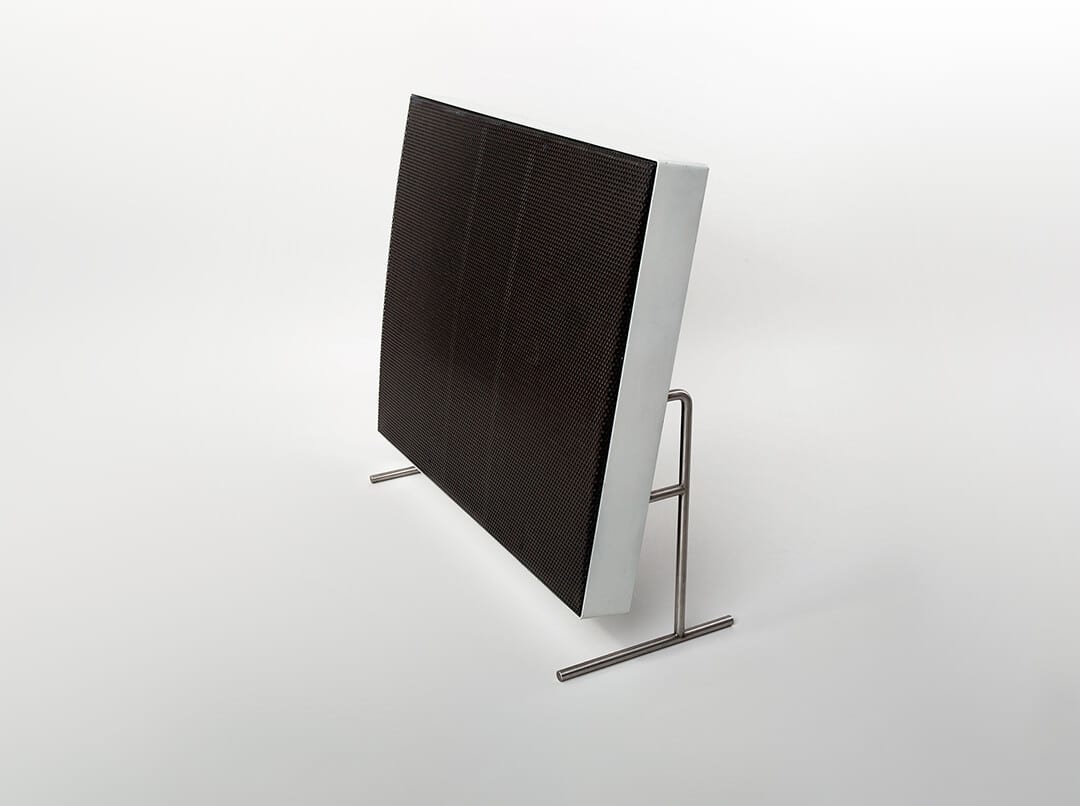
10 Good design is as little design as possible.
Less, but better - because it concentrates on the essential aspects, and the products are not burdened with nonessentials. Back to purity, back to simplicity.
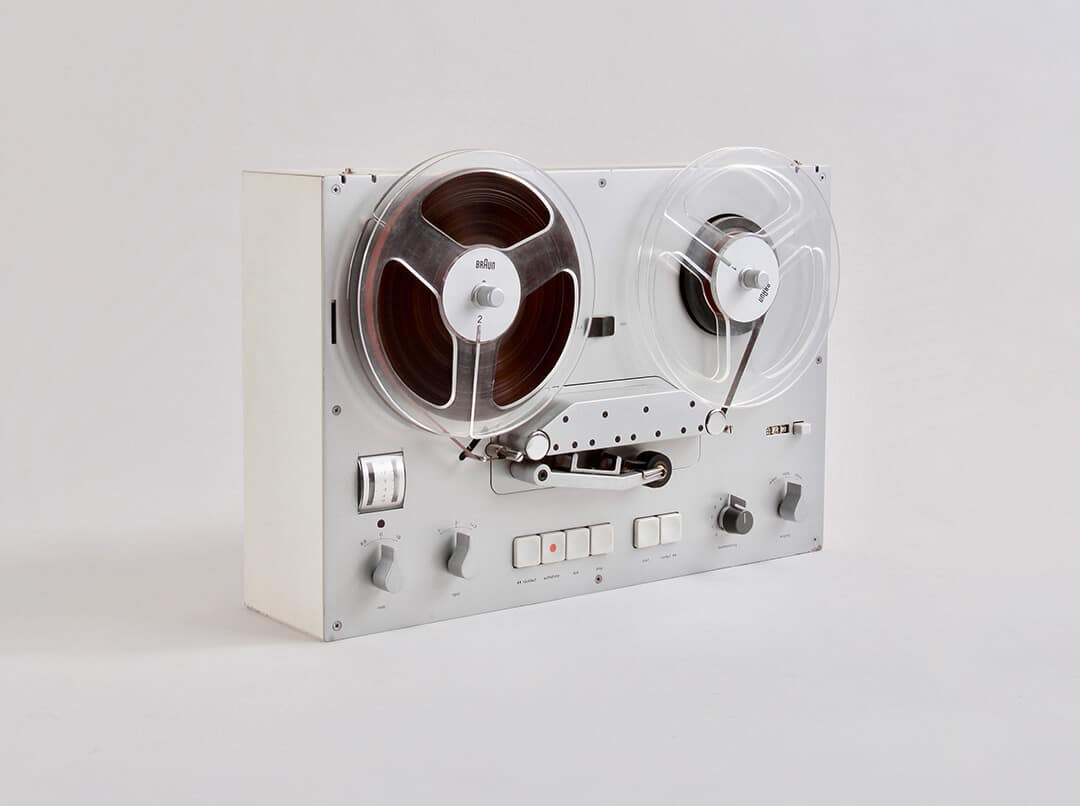
1953 | Braun Factory
Braun Multimix Blender
The 50's established the milkshake as a western staple, enabled in part by the Multimix, the state-of-the-art blender with a detachable mixing glass container. It cuts ingredients with industrial-grade efficacy. Still widely in use today.
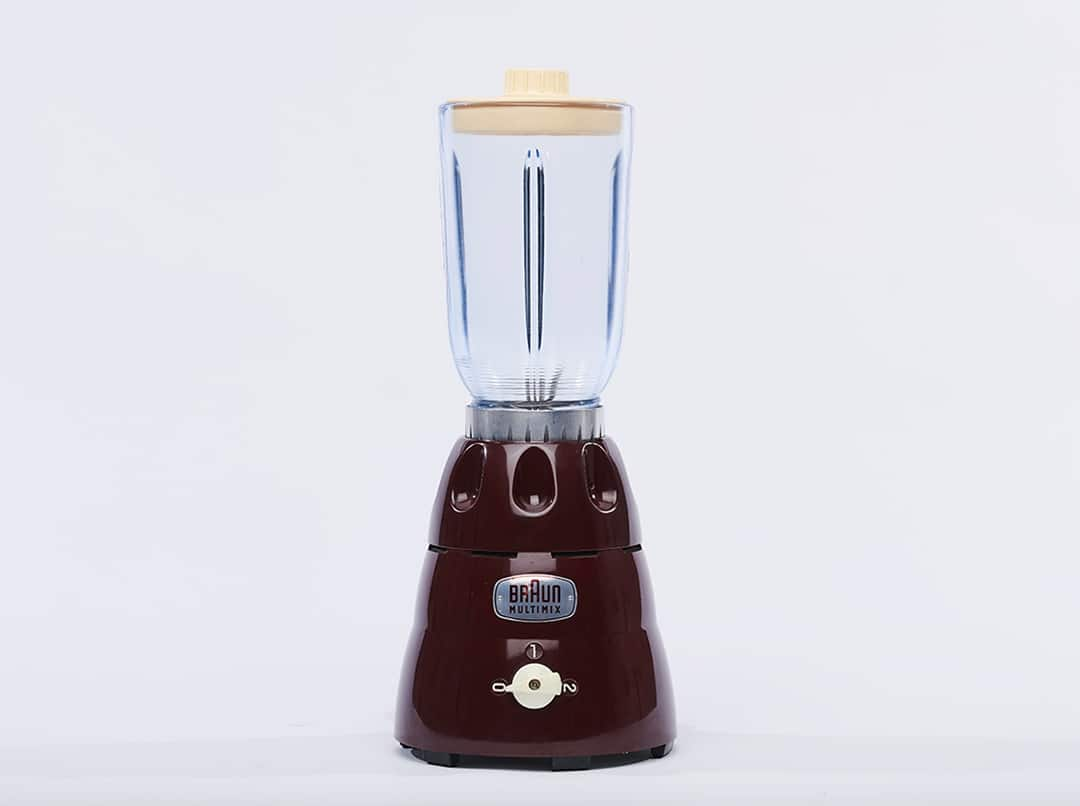
1957 | Gerd Alfred Müller
KM3/31
A hugely influential blender or “food processor” as it was known that birthed a whole new product category: “kitchen machines” or appliances. With its hyper-reduced, simple and useful design one of the most influential industrial products of all time.
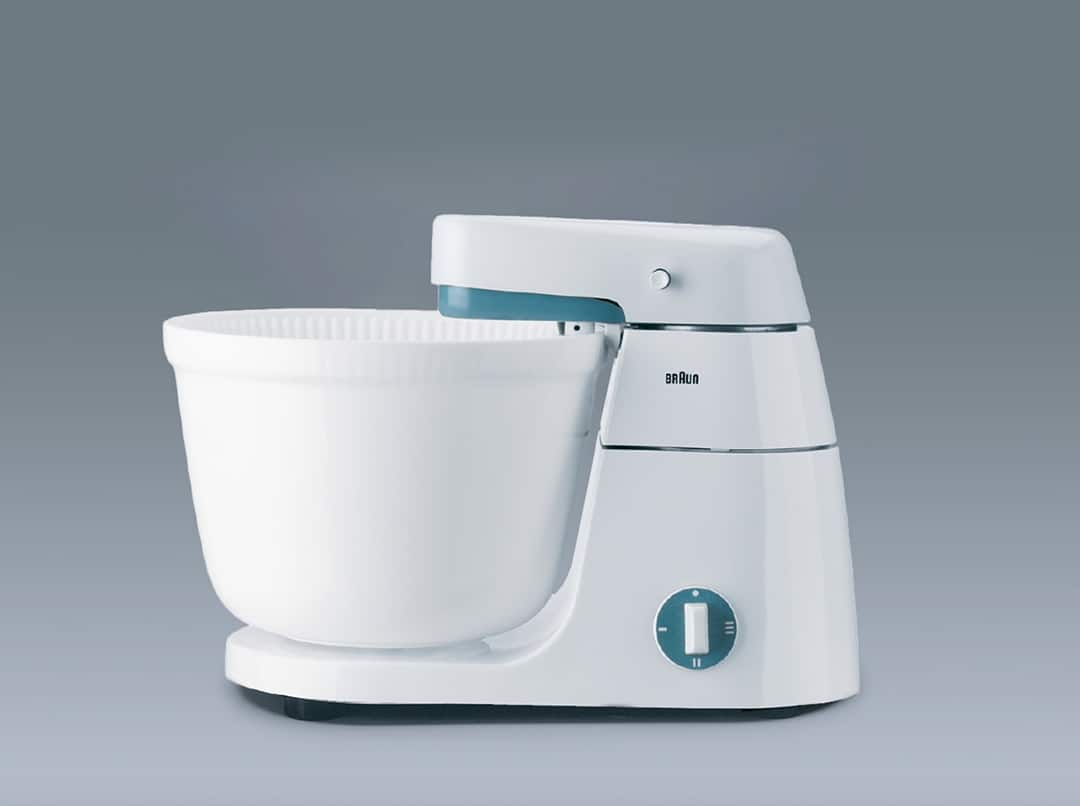
1963 | Reinhold Weiss
KSM 1/11
Design doesn’t get much more minimalistic than this: a coffee grinder so purpose-built it needed just one, centrally placed button to operate. Finely ground beans were just a finger click away.
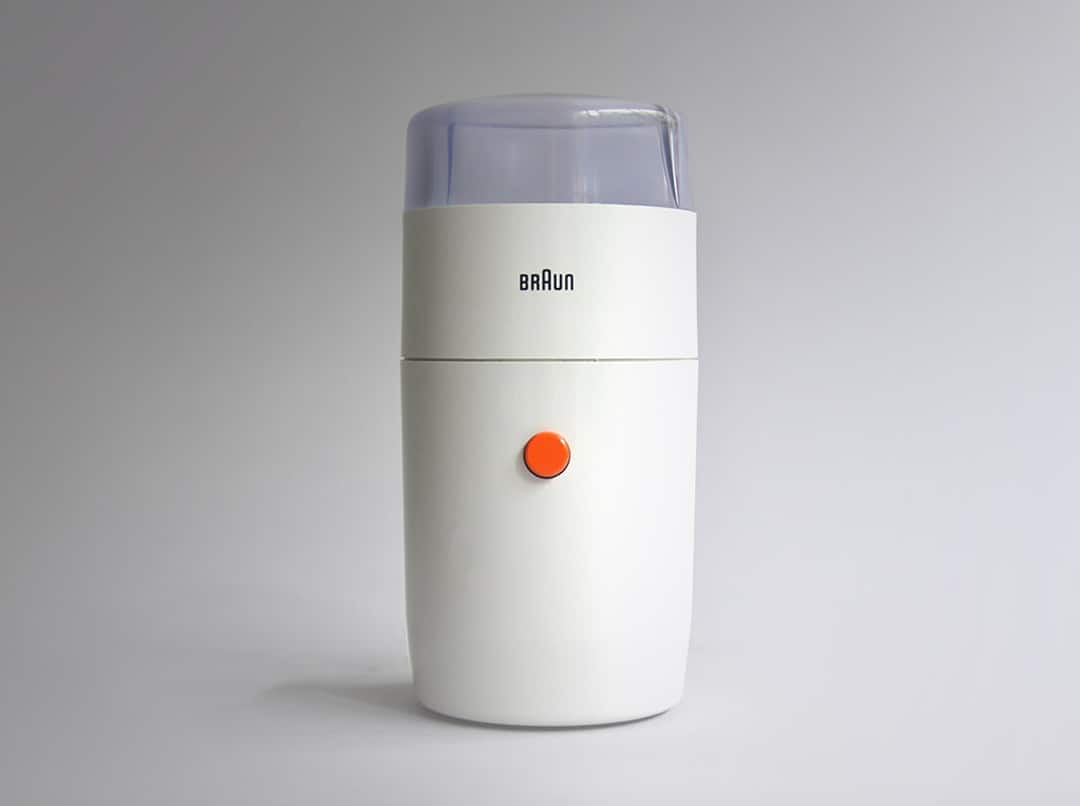
1963 | Reinhold Weiss
HT 2
This toaster’s sleek, reduced design so inspired renowned artist Richard Hamilton that he based one of his works (aptly titled ‘Toaster’) on it. Oh, and it also browned bread to perfection.

1972 | Florian Seiffert
KF 20
With a stacked, vertical design that resembled a water tower, the KF 20 was known as the Aromaster. Instantly recognizable for its unconventional shape, this coffee maker added a touch of the extraordinary to everyday morning filter coffee.
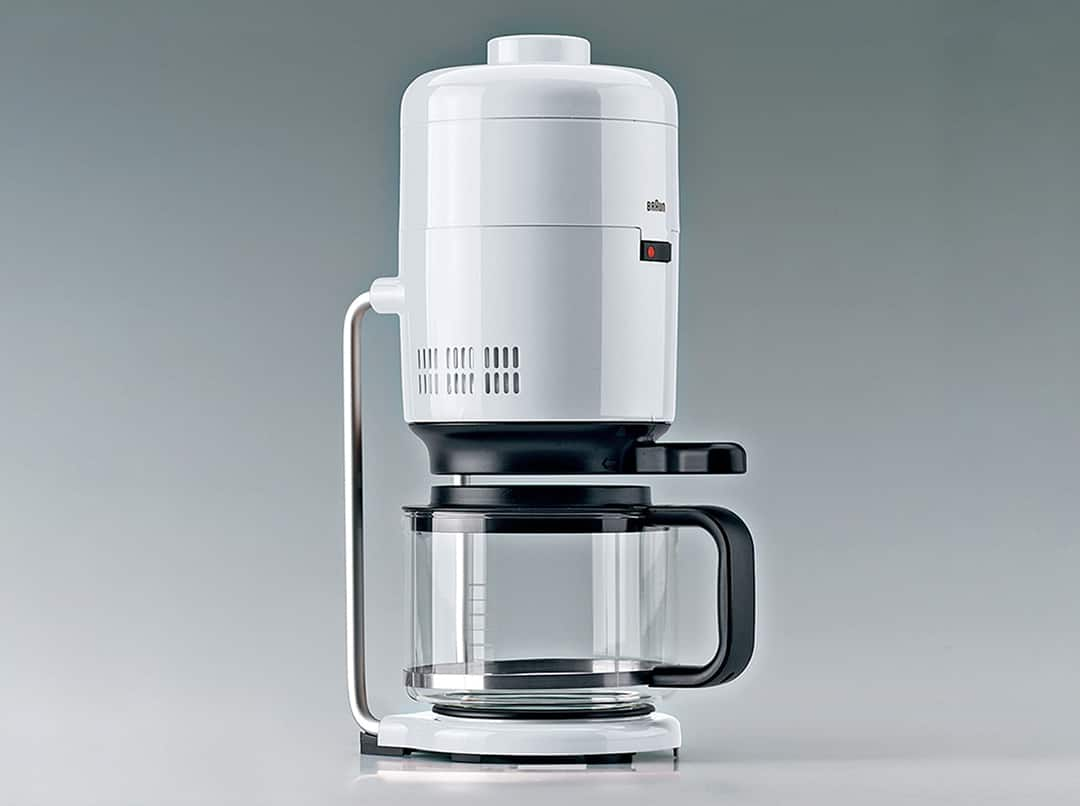
1972 | Jürgen GIndien reubel, Dieter Rams
MPZ 22
Deze elektrische citruspers was al tientallen jaren een betrouwbare en ongelooflijk gemakkelijk te reinigen basisitem in keukens wereldwijd. Het duurde meer dan twee decennia voordat Braun besloot het ontwerp bij te werken.
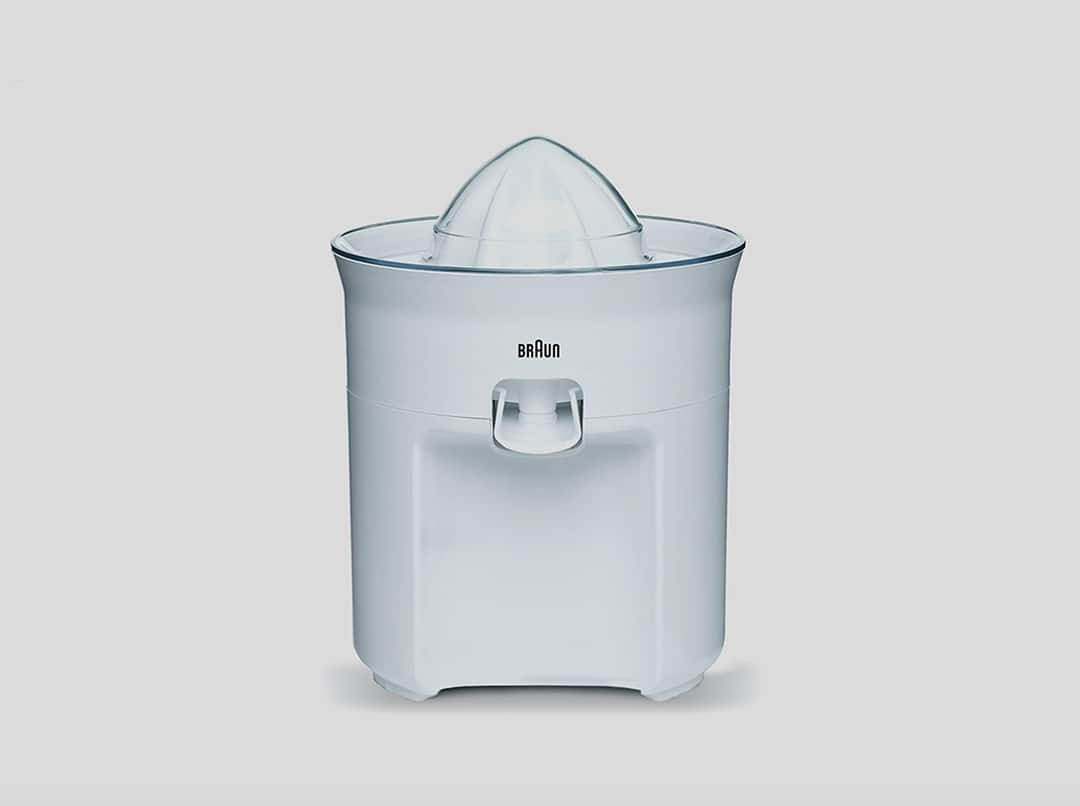
1981 | Ludwig Littmann
MR 6
De MR 6 was een voorloper van de meer verfijnde MR 500 en was stevig en sterk, wat betekent dat het voedsel kon mengen waar andere producten moeite mee hadden. Een belangrijke opstap naar het perfectioneren van de staafmixer.
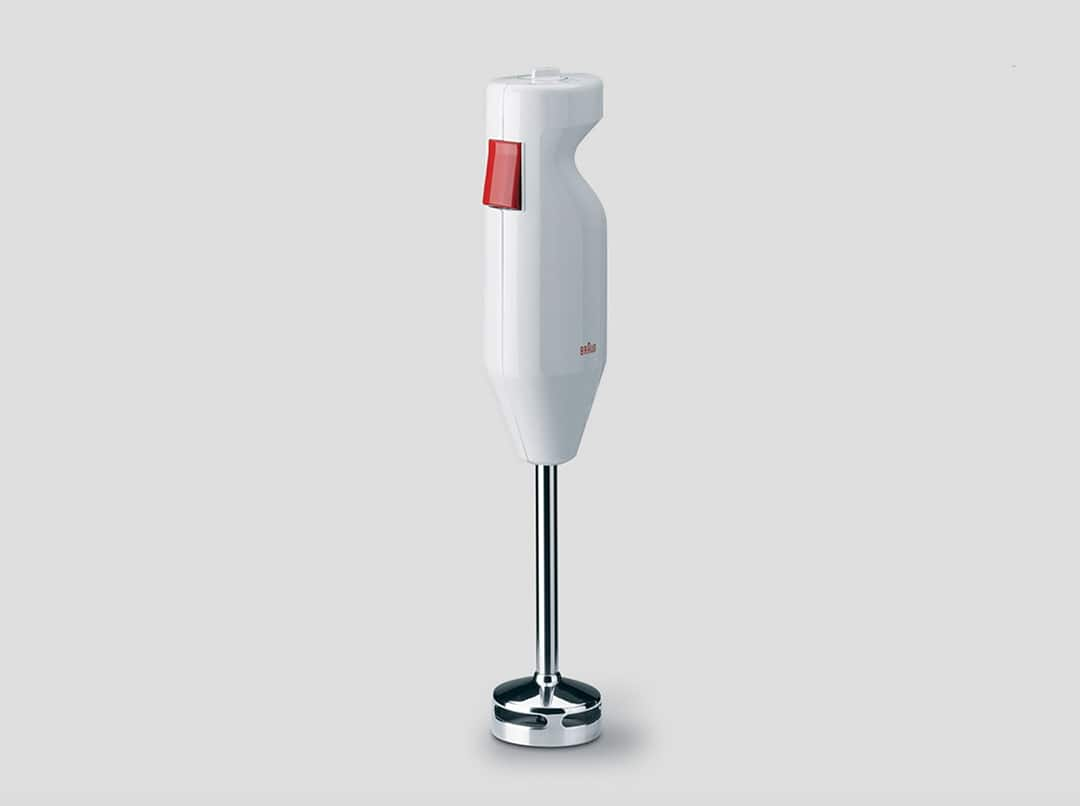
1984 | Hartwig Kahlcke
KF 40
Dit koffiezetapparaat was nogal controversieel binnen Braun, omdat het van kostenefficiënt polypropyleen in plaats van het stevigere polycarbonaat was. Het golvende oppervlak van de KF 40 was een ontwerpoplossing was die Dieter Rams heeft overtuigd.
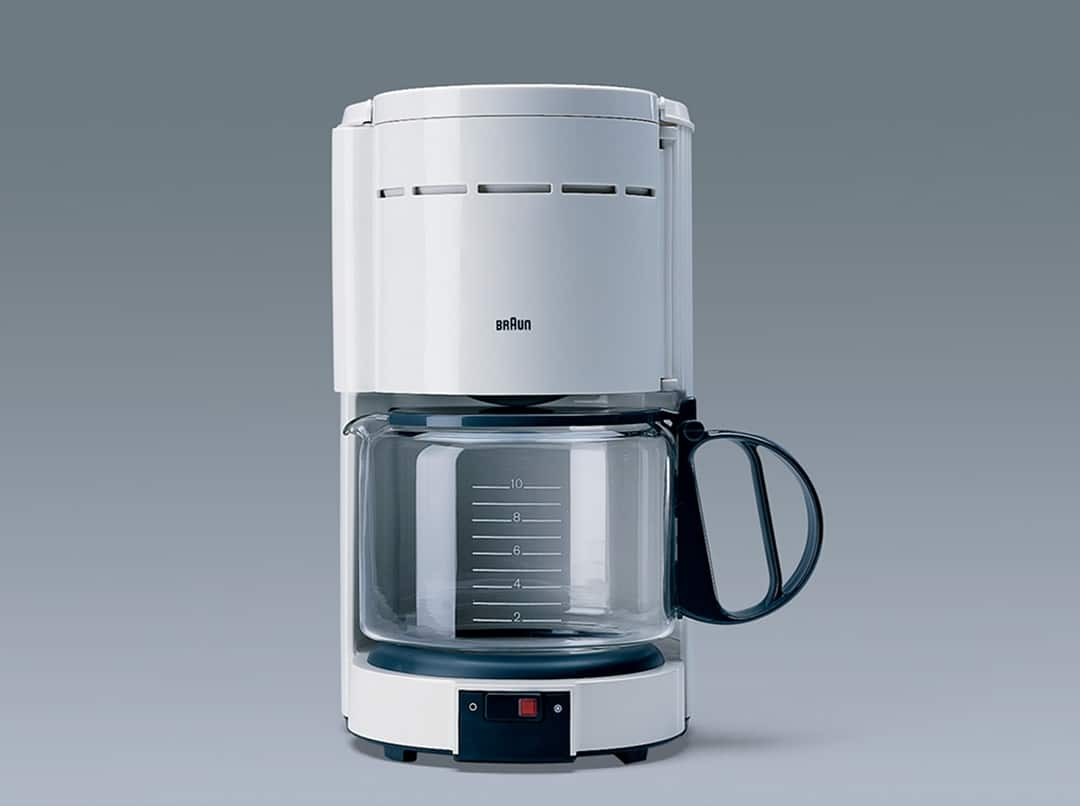
2013 | Markus Orthey, Ludwig Littmann
MultiQuick 9
Een allround blender die de functionaliteiten van veel grotere apparaten heeft gecombineerd in een eenvoudige, handige 'staaf'. De definitie van gereduceerd ontwerp: compact, maar toch krachtig.
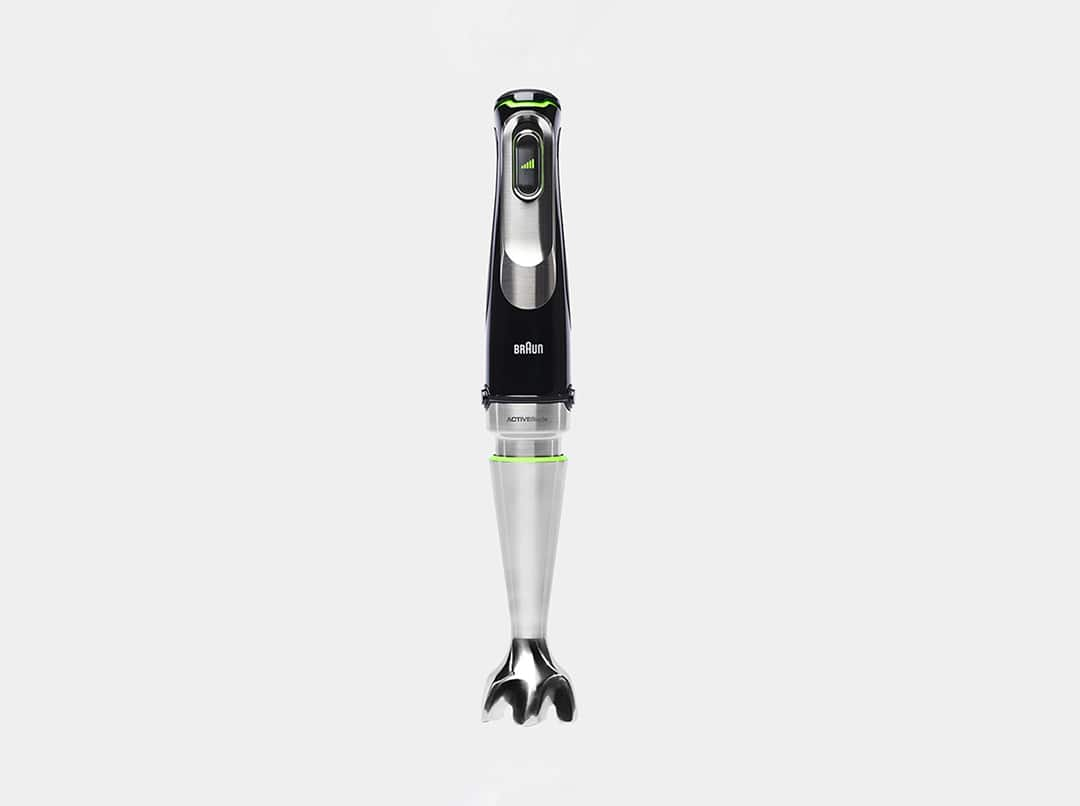
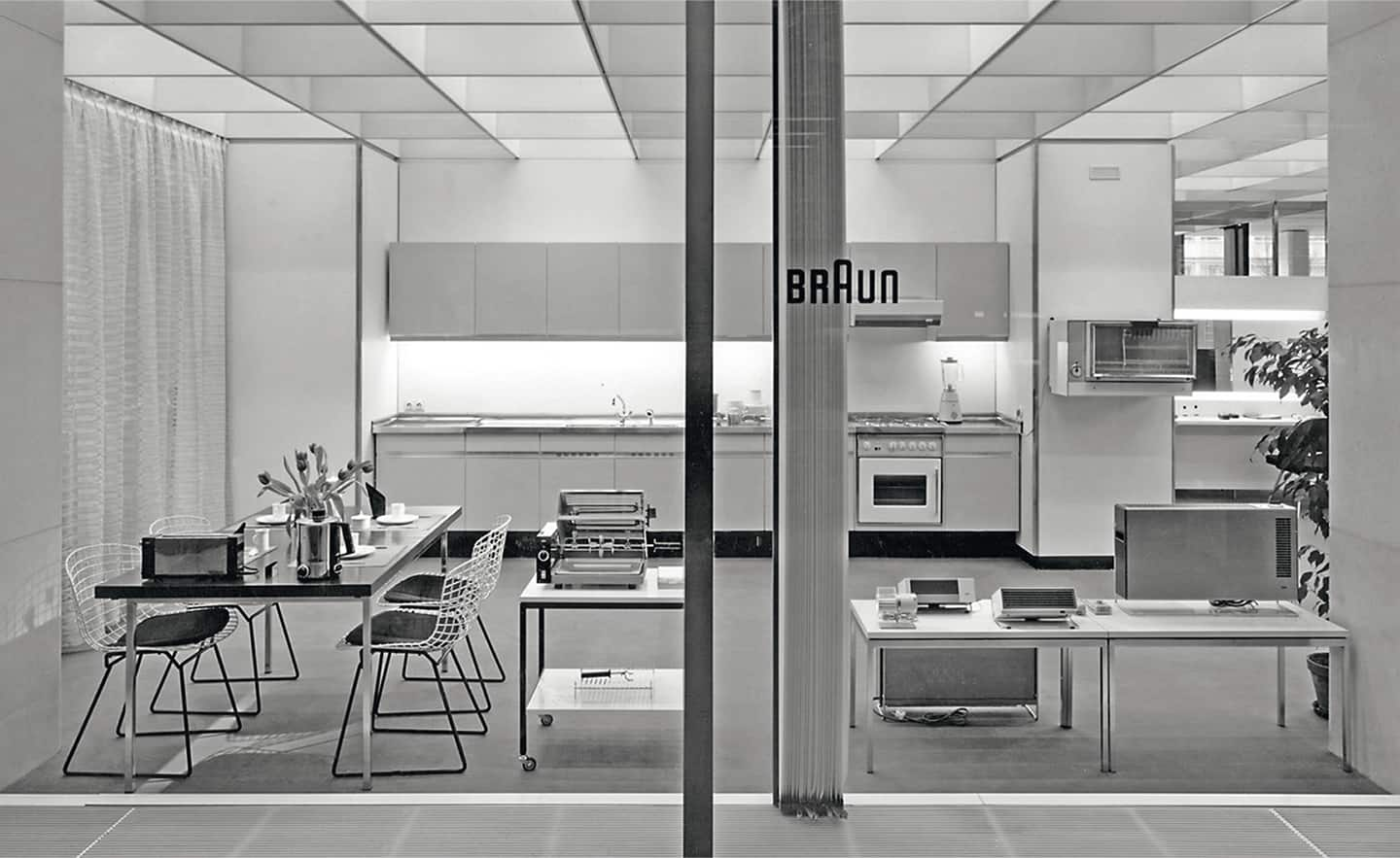
Suomi
Siirry maailmanlaajuiselle verkkosivustolle napsauttamalla tästä.
